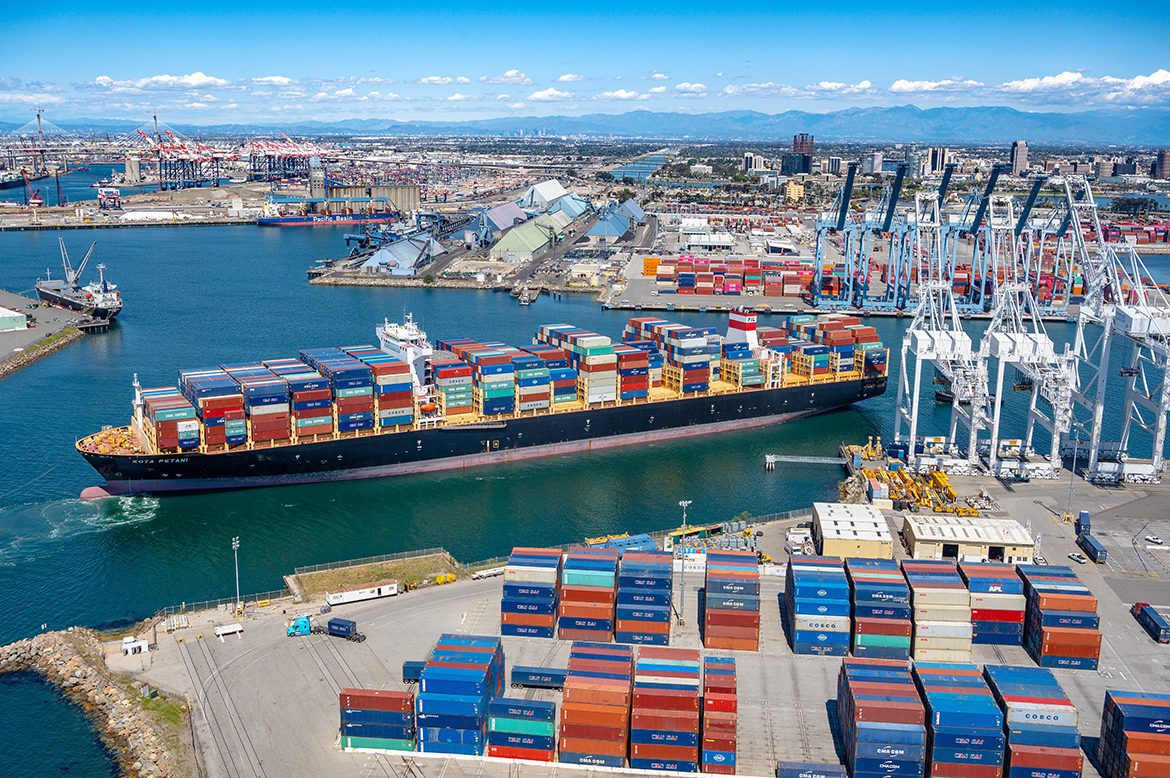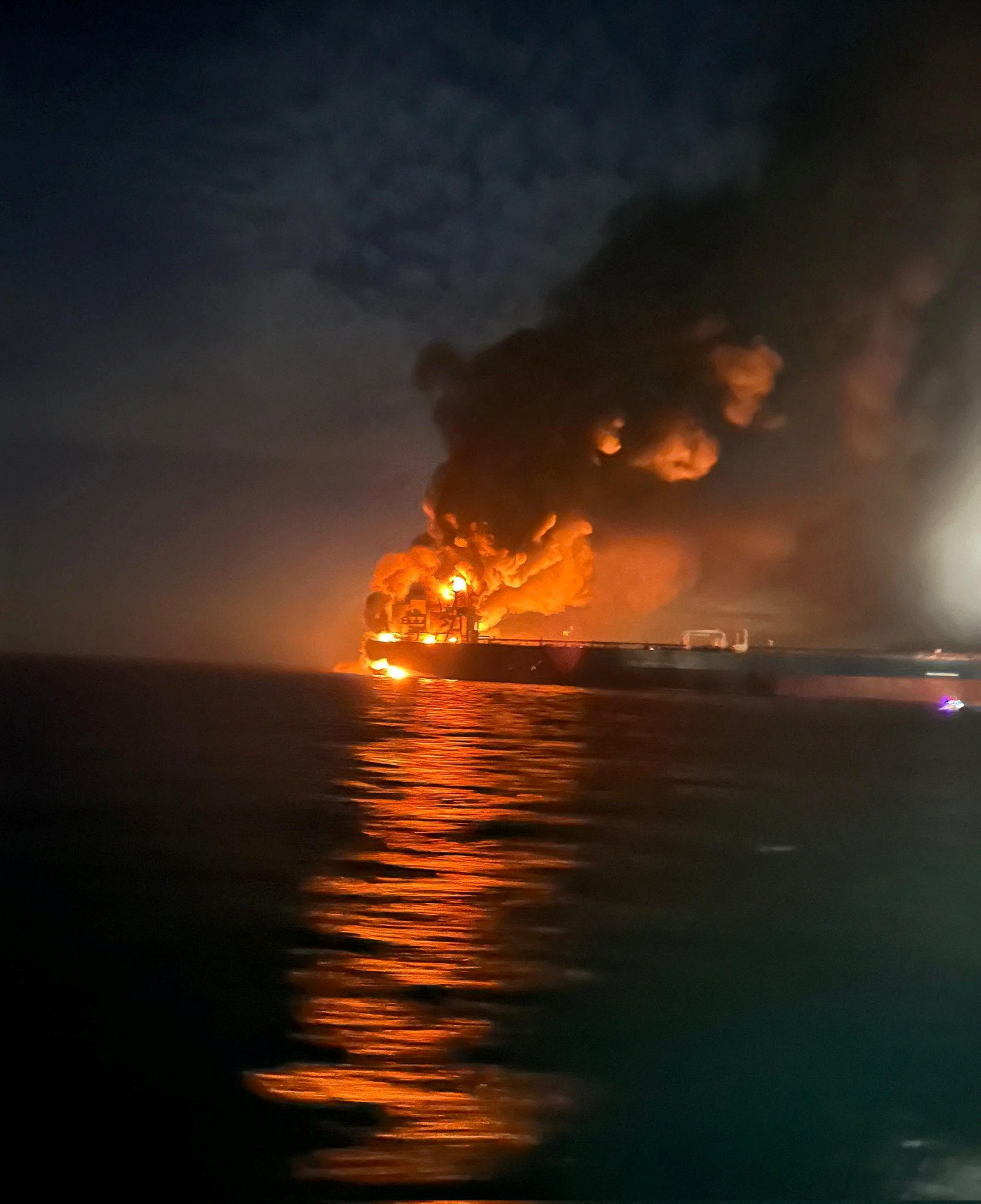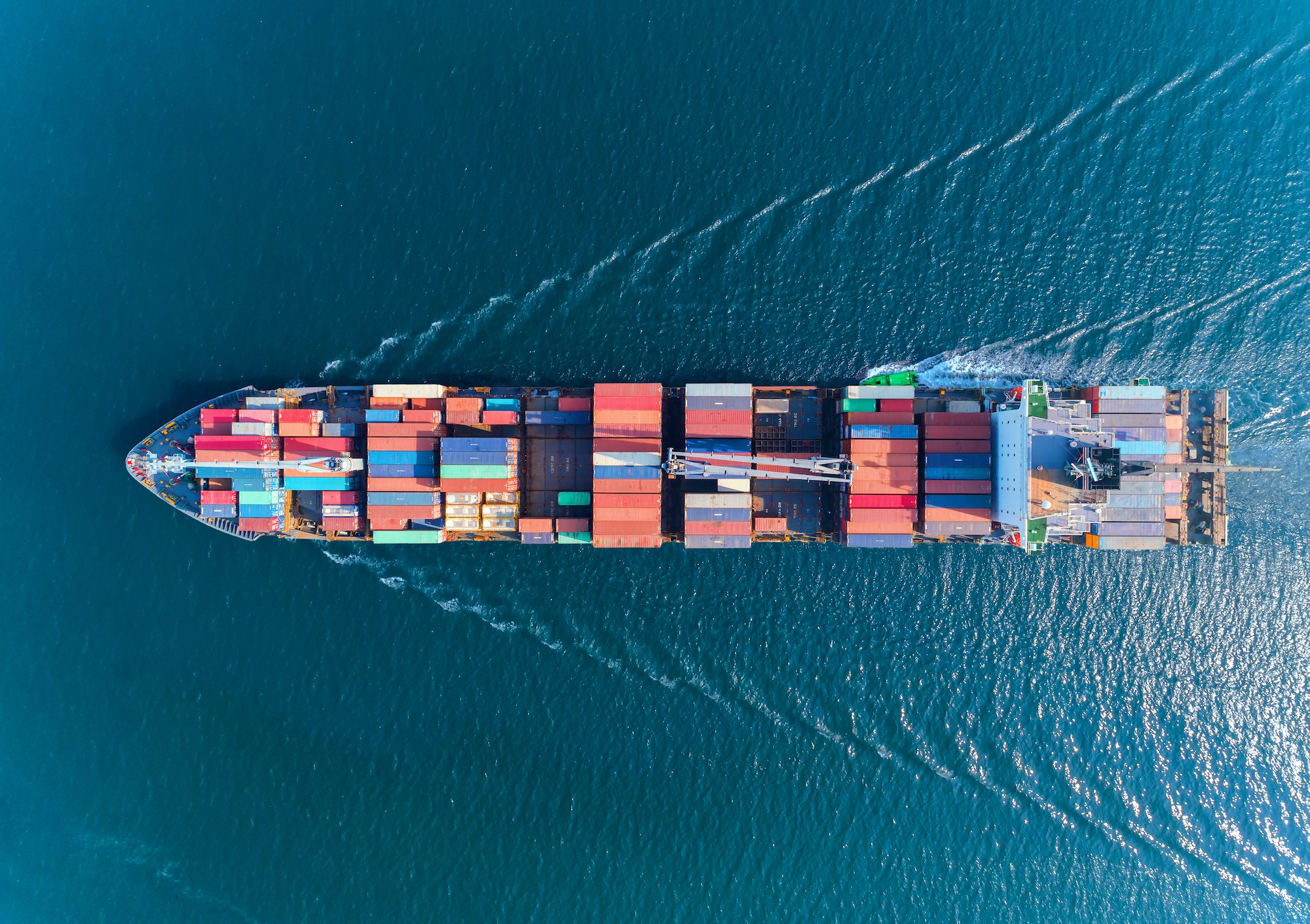With container freight rates seen returning to pre-pandemic levels next year, the container shipping sector appears to be in for a tough year ahead. But limited growth in the supply of ships, driven by new IMO environmental regulations, will help the shipping freight market recover in the mid- and long-term, according to S&P Global Market Intelligence.
“Freight rates may return to the pre-pandemic level in 2023 with absence of congestion and weaker economic condition. However, limited active supply growth driven by regulations, which will lead to vessel demolitions and speed reduction, may help the market to recover in 2024 onwards,” said Daejin Lee, Lead Shipping Analyst at S&P Global Market Intelligence.
Newbuilding contracts in 2021 reached the highest since 2015 driven mainly by containerships, but remained lower than the shipbuilding boom period during the 2000s. This year, fresh newbuilding contracts were limited due to high prices and limited yard capacity in top-tier yards, while many owners took the options on existing contracts for much lower contract prices, according to S&P’s analysis.
While heavy investment in container newbuildings is expected to add supply side pressure in the near-term, fresh new contracts are limited in other sectors, including the dry bulker and tanker.
With the IMO’s Efficiency Existing Ship Index (EEXI), a technical design requirement for existing ships, many vessels will go for Engine Power Limitation (EPL), and maximum and operating speed are expected to be reduced, says S&P Global Market Intelligence.
Alternatively, the IMO’s Carbon Intensity Indicator (CII) regulation, which will be assessed yearly with stricter emission limits, will start to reduce sailing speed from 2024 and the impact may become significant in scrap activities from 2025 onwards with favorable age profile. The CII rating issue would incentivize higher demurrage to reduce idling time and prevent further upside risk in congestion in coming years, according to S&P’s analysis. While a significant drop in freight rates with high bunker prices has already reduced sailing speed, EEXI-EPL will prevent potential speed recovery.
“Since 95% of vessels in service are still using conventional fossil fuel, with IMO’s CII regulation, many vessels will end up scrapped earlier than normal historical lifespan of vessels, which will support freight market in the medium and long term,” added Lee.

 Join The Club
Join The Club











